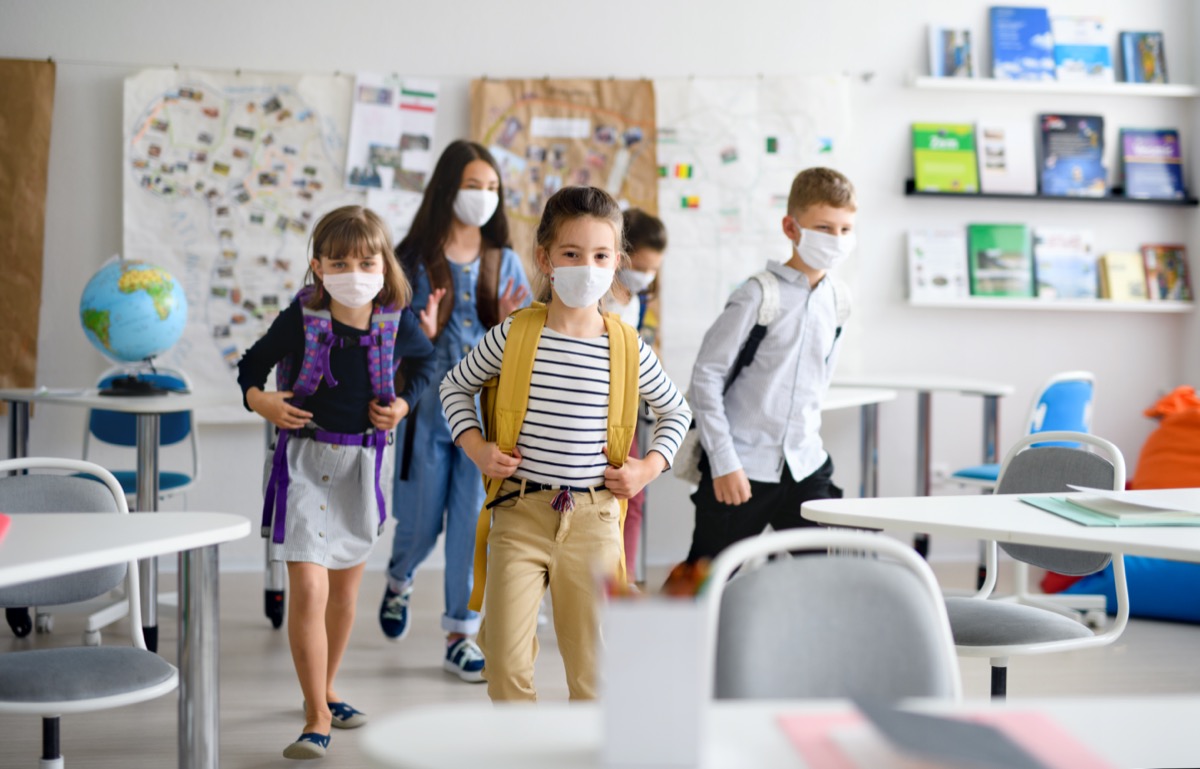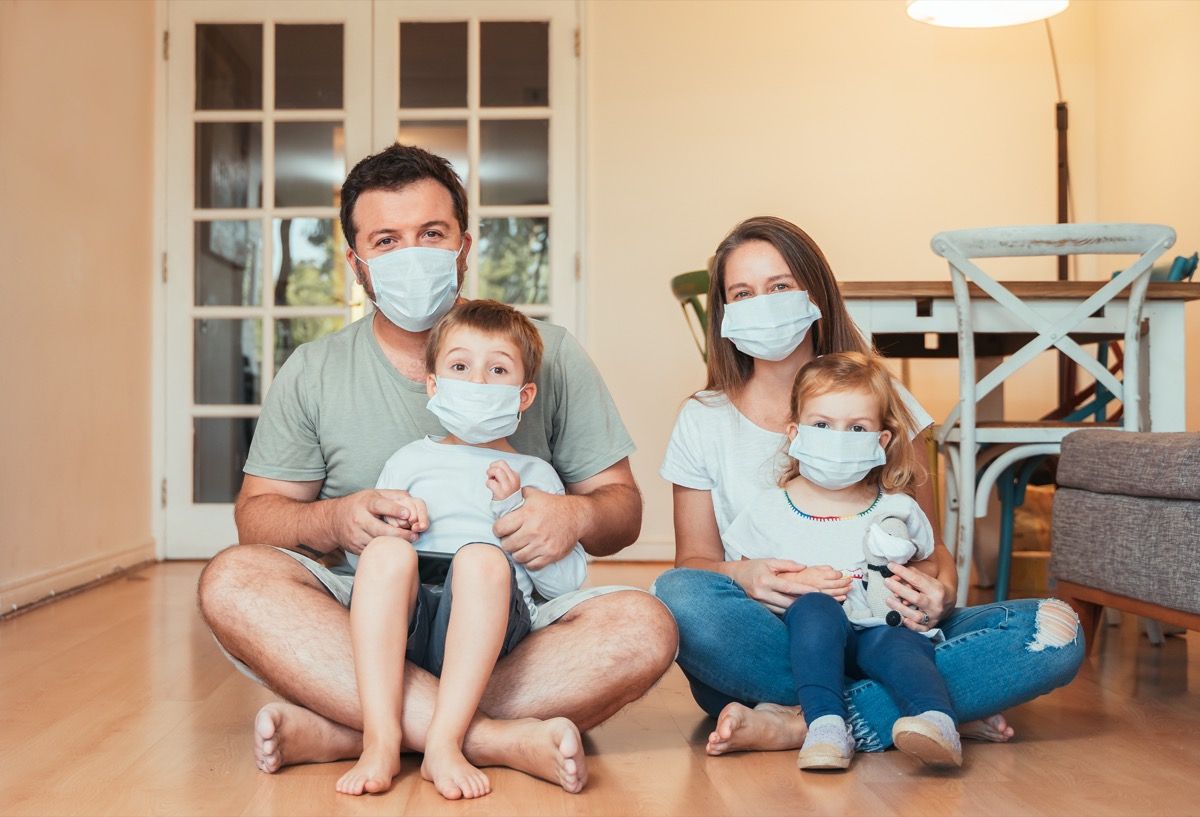The research, which was conducted by researchers at the University of Oxford and London’s School of Hygiene and Tropical Medicine on behalf of the British National Health Service, analyzed hospital records, intensive care unit admission data, and death reports from February through August that represented 40 percent of the entire population of Britain. Interestingly, the results, which have not yet been peer reviewed, found that there were significant differences between age groups and the effect they have on spreading the virus. Read on to find out what this means for your household, and for more on how your area is faring with coronavirus, check out How Much Worse COVID Is Getting in Your State. Read the original article on Best Life. ae0fcc31ae342fd3a1346ebb1f342fcb One of the biggest takeaways from the study was that living with children between the ages of 12 and 18 was associated with an increased risk of contracting coronavirus by about eight percent. However, the findings also showed that living with tweens or teens didn’t have any effect on the severity or outcome of someone’s infection, meaning patients living with teens and tweens were no more likely to be admitted to the ICU or die as a result of their battle with COVID-19. And for signs of particularly bad cases, know that If You Have This on Your Skin, You Could Have Severe COVID, Study Shows. Parents of younger children can rest a little easier: Compared to those who live with teens or tweens, the study found that living with kids between the ages of 0 and 11 years old “was not associated with increased risks of recorded COVID-19 infection [or] COVID-19 related hospital or ICU (intensive care unit) admission.” However, it did provide one benefit: Living with younger children was associated with a 25 percent reduced risk of COVID-19 death. And for other things in your home that could be endangering your family, check out This Common Toxin Increases Your Risk of Dying From COVID, Study Says. The study also took into account rates of infection before and after the United Kingdom decided to close schools in the spring. Interestingly, the findings show that the measure may not have lowered transmission rates. “We observed no consistent changes in risk of recorded SARS-CoV-2 infection and severe outcomes from COVID-19 comparing periods before and after school closure,” the authors wrote. And for factors that do pose a problem, know that Lacking This Vitamin Is Putting You at Severe COVID Risk, Study Says. Not surprisingly, other studies have found that transmission inside the home is one of the most common ways COVID spreads. In a recent study published in the Centers for Disease Control and Prevention’s (CDC) Morbidity and Mortality Weekly Report, researchers looked at 101 households in Nashville, Tennessee and Marshfield, Wisconsin from April to September. In each of the households, there was one person who was showing COVID symptoms and tested positive for the illness at the start of the study. Throughout the study, 102 members of these households submitted nasal swabs or saliva specimens that tested positive, for a secondary infection rate of 53 percent overall. And for more on the risk of catching coronavirus at home, check out This Is Where COVID-19 Is Most Likely Festering in Your Home, Study Says.



